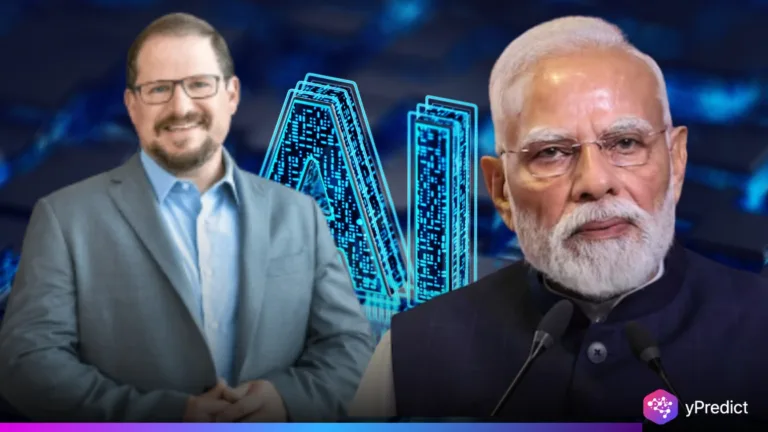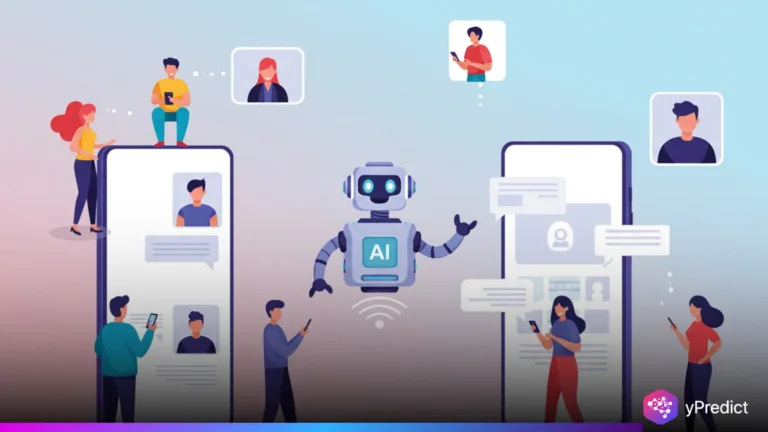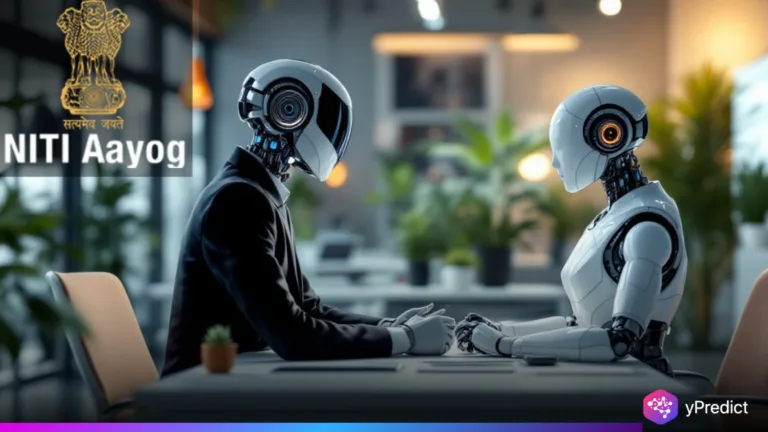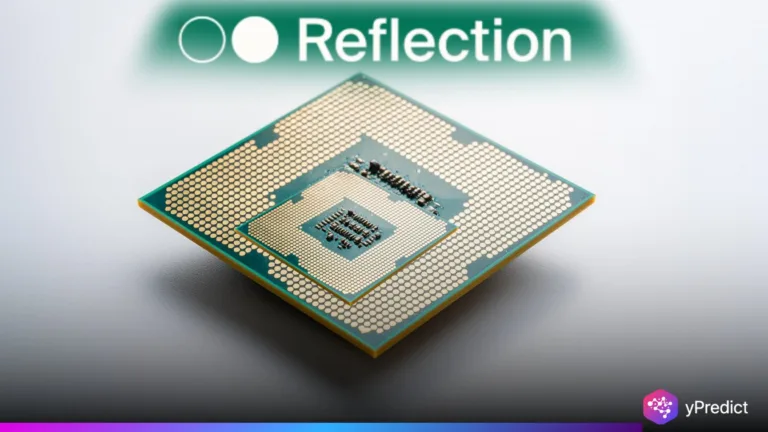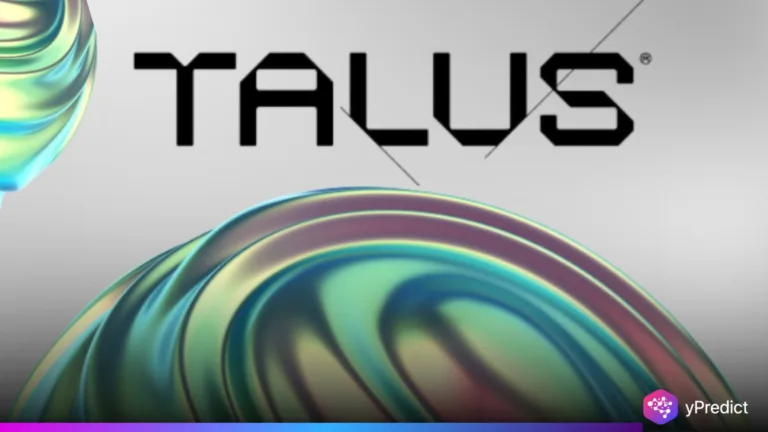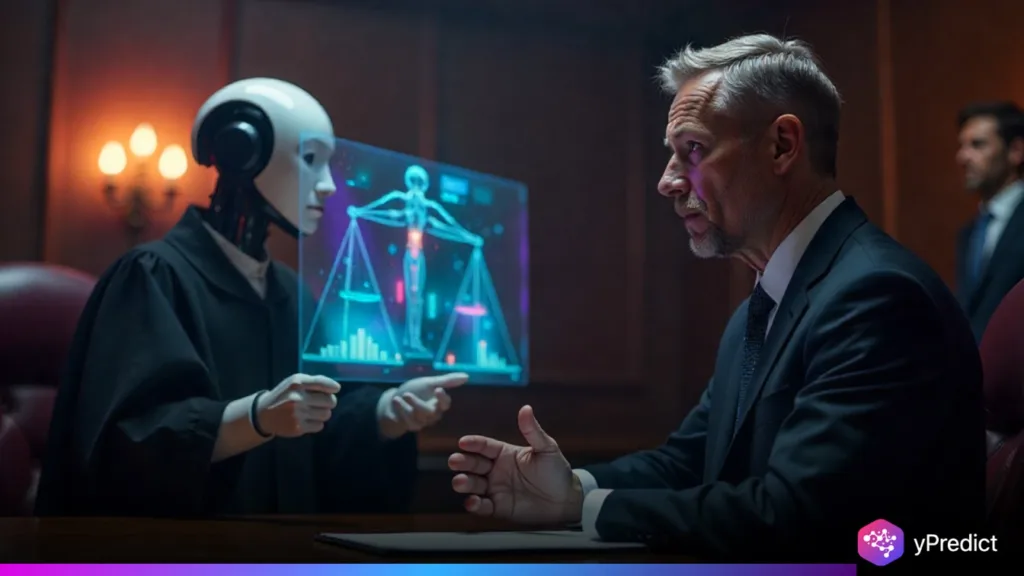
Punjab-Haryana HC slams gavel, stops lawyers from using phones, Google, and AI tools mid-hearing. The case, reported in the October 5, 2025, issue of Ravneet Singh v. UT of Chandigarh. Justice Sanjay Vashisth called the conduct “absolutely inexcusable”, being indicative of an unprepared and disrespectful attitude towards court etiquette. The court even grabbed a lawyer’s phone as a threat. This move comes as friction increases between traditional law firms and India’s court system, which is rapidly digitalizing and increasingly leaning on AI tools.
Courtroom Warning and Rationale
Justice Vashisht noted, “The problem is not technology, it’s timing.” Lawyers were pulling out phones and AI tools mid-hearing to Google things instead of coming prepared. That, he added, bogs down momentum and disrupts the flow of the court. I mean, as opposed to iPads or laptops or something for your cue cards, the phone just seems like your own personal toy that’s aching to distract you.
The High Court asked the Bar Association to train lawyers not to use AI tools or online searches during hearings. It cautioned that if they didn’t, then it could become harder. The lesson was clear: legalese is for pre-courtroom prep, not ad-libbing, in front of millions of viewers.
But it’s not the first time an Indian court has decided. Delhi HC ruled that judges can’t depend on AI-generated content for law or fact-finding, not so long ago. The Punjab and Haryana High Court’s position is indicative of that sentiment. Technology might help, but it shouldn’t dictate the live, back-and-forth discussion that happens in person.
Hotly Disputed AI Tools in the Courtroom
The response to his lecture was ambivalent. A few lawyers noted that AI tools are time savers and assist with rapid precedent identification. Others came to the court’s defense, contending that professionalism means preparation, not on-the-fly Googling. The bigger question now, however, is how courts should evolve as technology becomes inseparable from practice.
Across India, attitudes differ. Manipur High Court trials ChatGPT and other AI tools for legal research. Meanwhile, others, like Delhi and Punjab, are hanging back, citing precision and morality concerns. The absence of national standards breeds insecurity. And since every court rules differently, attorneys don’t know what’s permitted.
AI tools offer speed, but they’re risky, as well. Wrong quotes or fake cases, genAI’s frequent fumble, can confuse judges and undermine trust. The High Court’s position implies an attempt to maintain the human element in decisions. It’s a tightrope — employing AI tools pre-hearing, not during.
This tension mirrors global trends. The American Bar Association, for instance, encourages attorneys to maintain control of AI-assisted work and protect data privacy. India’s judiciary now faces the same problem.
Conclusion
The Punjab and Haryana High Court’s decision is India’s judiciary grappling with the era of AI tools. The attorneys’ note is direct. Tech can assist, but prep is still the ruler. As courts transition to e-filing and digital records and online hearings, emerging rules will need to establish how AI fits into advocacy. For now, he court craves castigation, not adulation. It’s a shot across the bow, and a prediction that the future of legal tech in India will come to rest on how seamlessly old and new can coexist in the courtroom.

